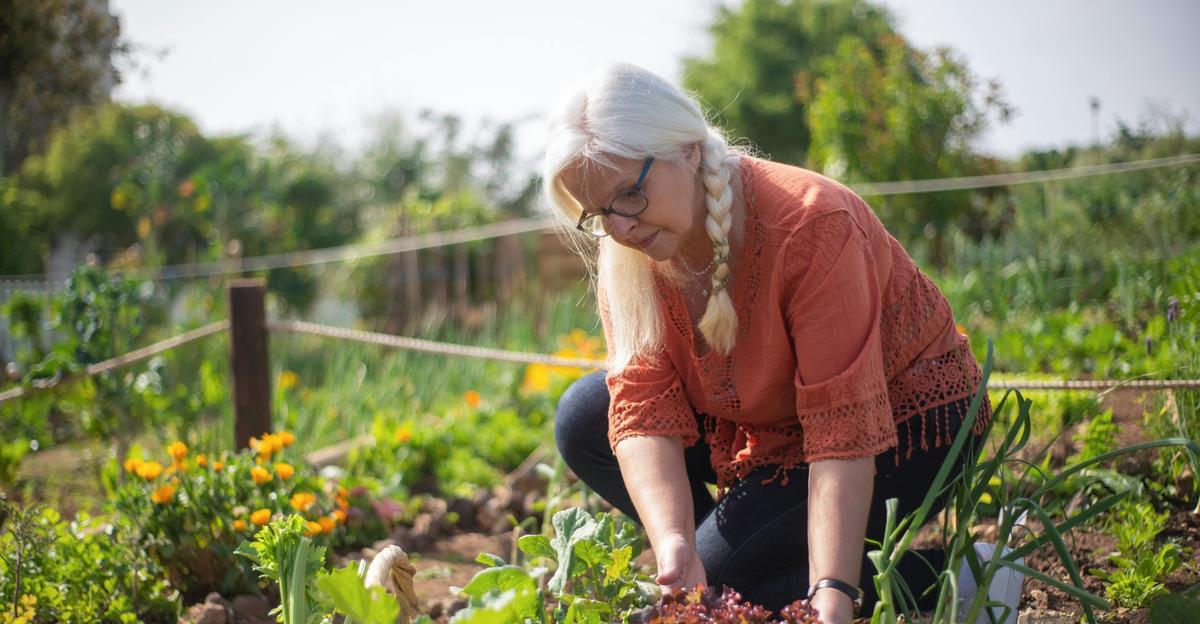
Are you thinking of giving your outdoor space a new look? Did you know your space doesn’t have to be just decorative? Blend traditional landscaping with edible plants to create a yard that’s both beautiful and productive. Growing your own food could allow you to save money, boost your home’s value, and support a more eco-friendly lifestyle. It’s also a simple way to eat healthier. Whether your home has a spacious garden or a small backyard, here are nine ways you could easily integrate food plants into your landscape design.
Step 1: Introduce Climbers That Feed and Flourish
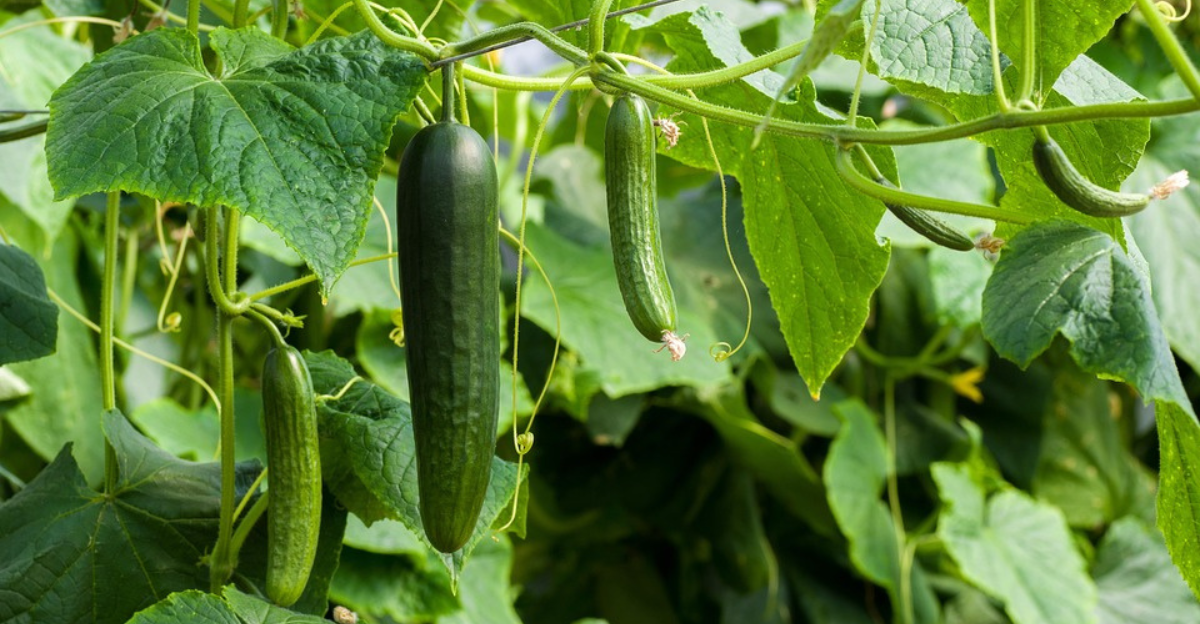
If you have limited outdoor space, trellises or arbors are great structures for growing climbing plants. Edible climbing plants like cucumbers, beans, peas, and squash can grow up these structures. They are not just for support or to save space, but they can actually make your garden look nicer, especially if you place them along walkways or patios. If you’re looking to add some color, flowering vines would do the trick! Now, not only is your space pleasing to the eye, but it’s productive, in that it offers shade, saves space, and makes harvesting easier.
Step 2: Add Fruit Trees for Year-Round Appeal
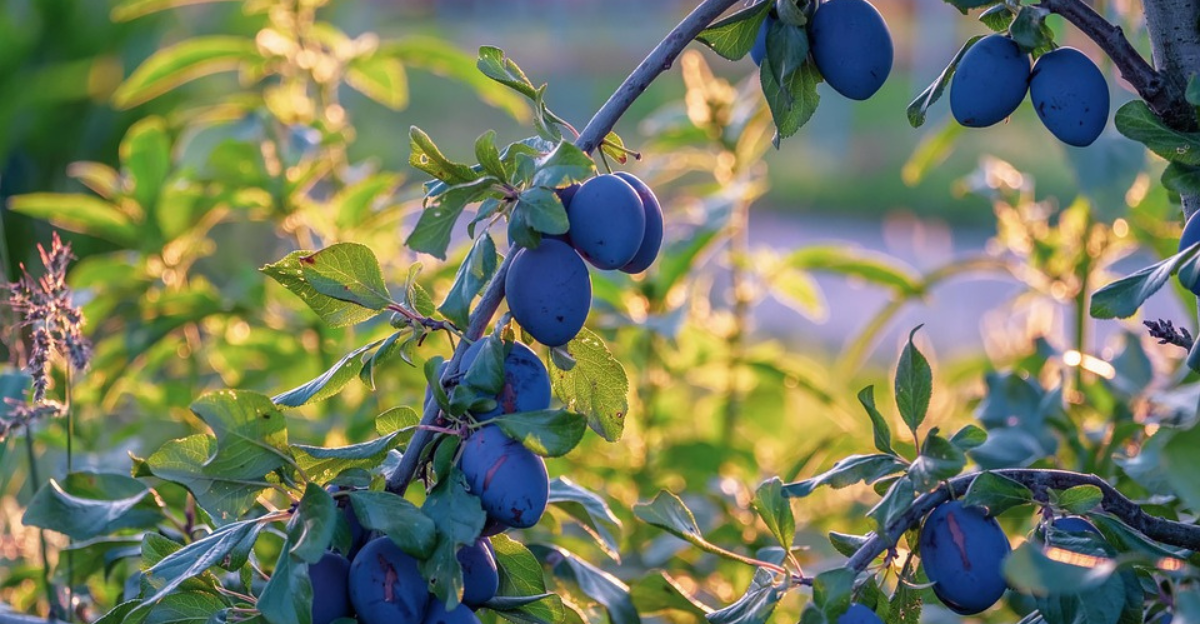
Usually, people plant trees like maples or oaks for shade or for their beauty, and flowering trees for that extra pop of color. But if you’re looking to add a bit of food production to your landscape, consider swapping some of these with dwarf fruit trees like dwarf apple, plum, or peach trees. Not only do they look great, but they offer practical benefits throughout the year. In spring, they fill your space with gorgeous blooms; by summer, their leafy branches give you shade; in fall, they reward you with fresh fruit; and in winter, their bare branches add sculptural beauty. These compact trees save space, attract birds, and can help with temperature and humidity control, boosting biodiversity in the process.
Step 3: Behold Bright Blooms You Can Eat
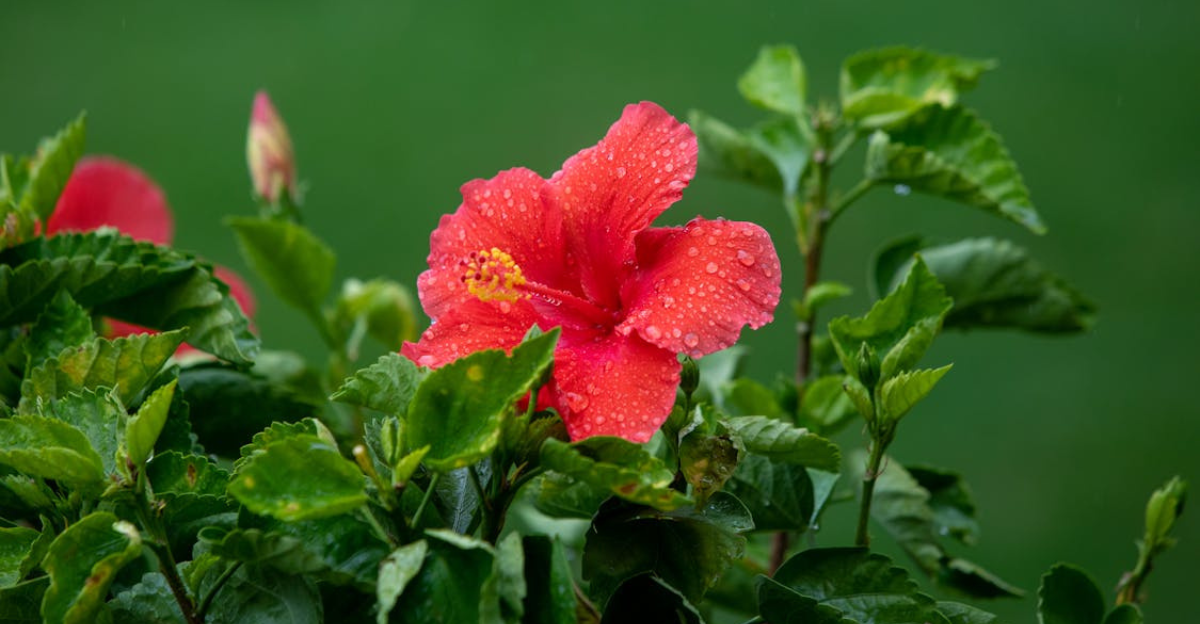
Integrating edible flowers into your landscape design adds a splash of color to the space while offering culinary options. Edible flowers such as nasturtiums, borage, calendula, hibiscus, pansies, and dandelions, just to name a few, are not only pleasing to the eye but could be used in salads, desserts, and drinks. Their bright colors and the shapes of their petals offer an artistic look to the outdoor space, and so they are perfect for garden edges and walkways.
Step 4: Lay Down Some Lush Growth for Damp Corners
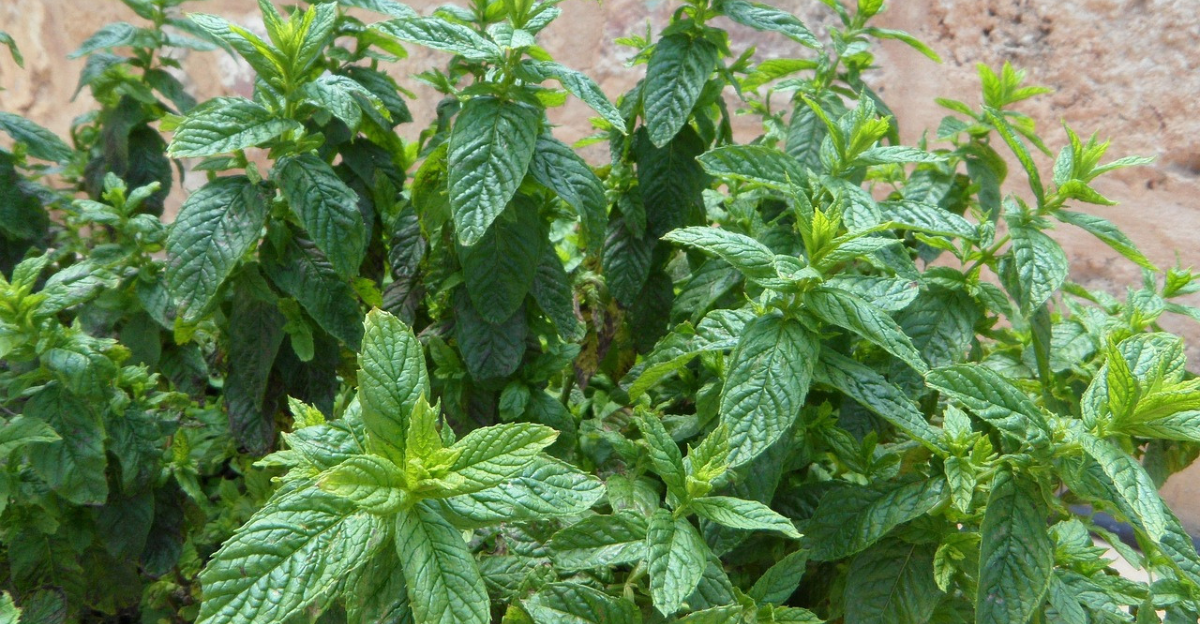
Do you have a pond, fountain, or a naturally damp corner in your yard? Edible plants like lemongrass, mint, or watercress thrive in this environment. The moisture allows them to grow quickly once they settle. The humidity from these damp areas also allows nearby plants to grow well. These water-loving edible plants give your garden a rich tropical feel. The wet environment attracts birds and insects, which is a plus because it helps support a healthy garden ecosystem.
Step 5: Pick Low-Growers That Pull Double Duty
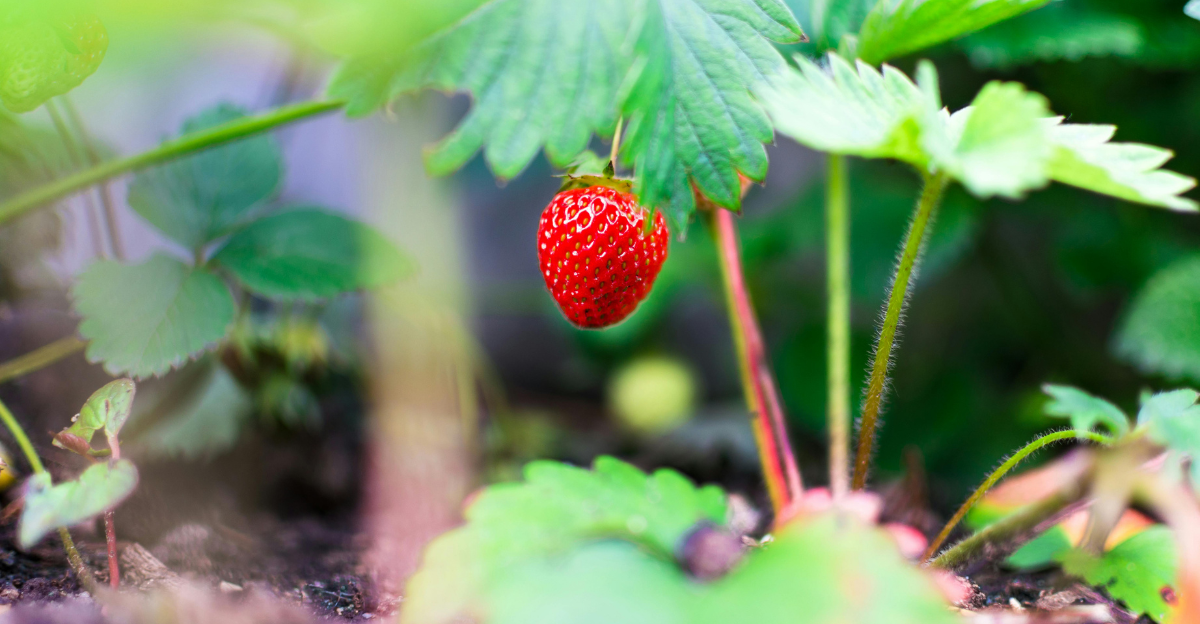
Instead of grass, consider planting edible ground covers. Low-growing herbs and fruits such as alpine strawberries can spread out beautifully across the soil, making your space elegant. They are especially useful in areas under trees or on slopes that are difficult to mow. Not only would your space look great, but these edible ground covers help keep weeds away and retain moisture, which keeps the soil healthier.
Step 6: Consider Tidy Borders with a Tasty Twist

For walkways, driveways, and garden edges, low-growing edible plants like perennial herbs, leafy greens, and some vegetables can be used as decorative borders. Herbs like thyme and oregano grow in tidy, compact clumps, thereby keeping the garden edges neat. These particular herbs release aromatic scents, which attract pollinators and also repel pests. Not all these low-growing plants are green. Some have bold colors, which add an aesthetic touch to the outdoor space. Due to their perennial nature, herbs like thyme and oregano are low-maintenance and require less watering. In planting herbs for your space, it’s advisable to group herbs with similar water needs to simplify maintenance.
Step 7: Build Easy Beds for Beautiful Harvests
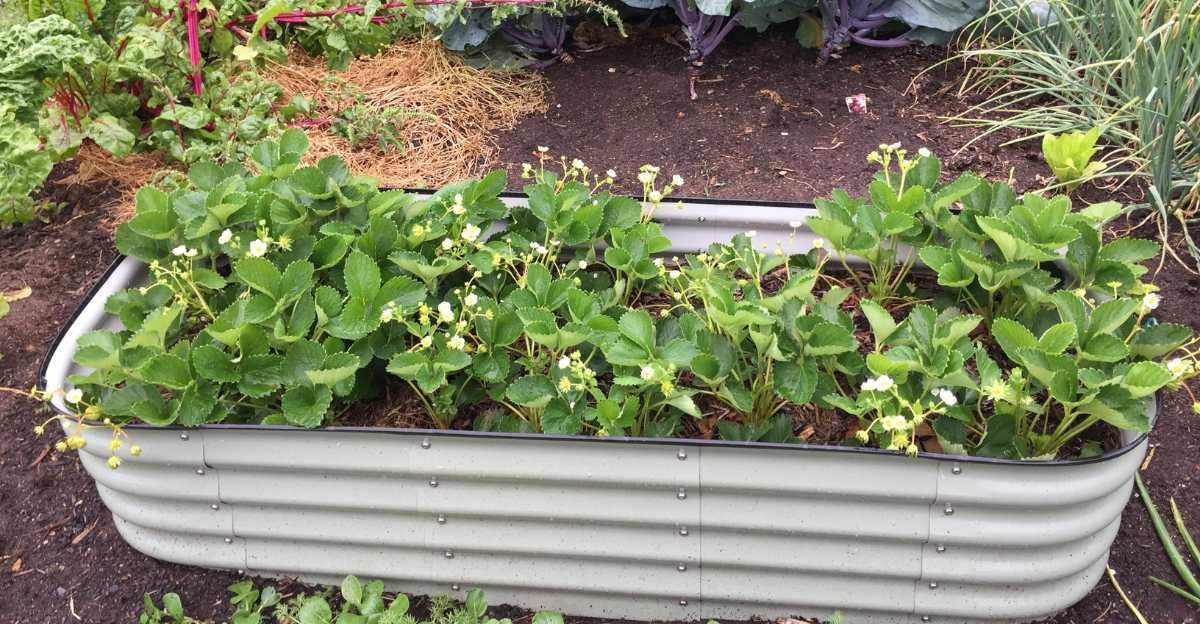
To help you add edible plants to your outdoor space, raised garden beds are an ideal option. They are built above the ground, which means better soil control and less bending over when you’re planting or harvesting. They keep your vegetables and herbs organized and easy to manage. To complement your outdoor space, you can use materials like cedar, stone, or steel. Just make sure you place them where they’ll get enough sun and have access to a water source.
Step 8: Plant Portable Pots for Functional Beauty
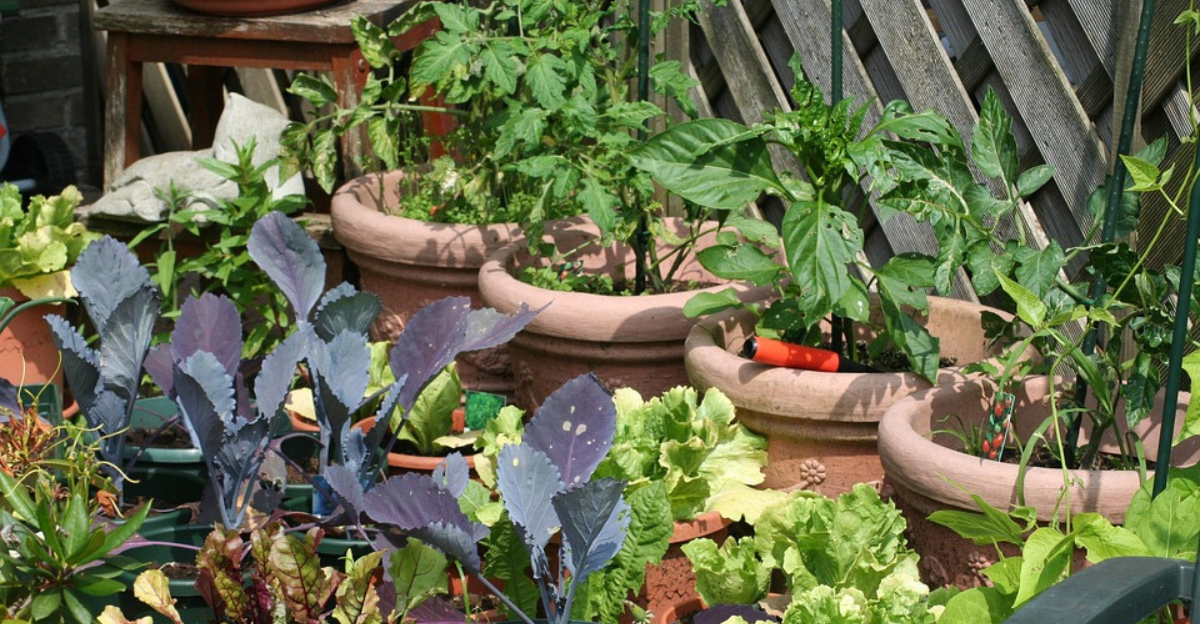
Growing edible plants in containers is a way to integrate these plants into your landscape design. It’s a simple way to add both beauty and functionality to your space. The flexibility that containers offer makes them a frequently used method. You can place them on the porch, on the steps, or even hang them on railings. They’re also easy to move around if you need more sunlight or to protect them from the rain or strong winds. Herbs like thyme, basil, mint, parsley, and chives thrive in pots as well as some tomatoes and peppers. To add a decorative touch, you could choose stylish pots that will add an elegant look to the space.
Step 9: Select Shrubs with Benefits
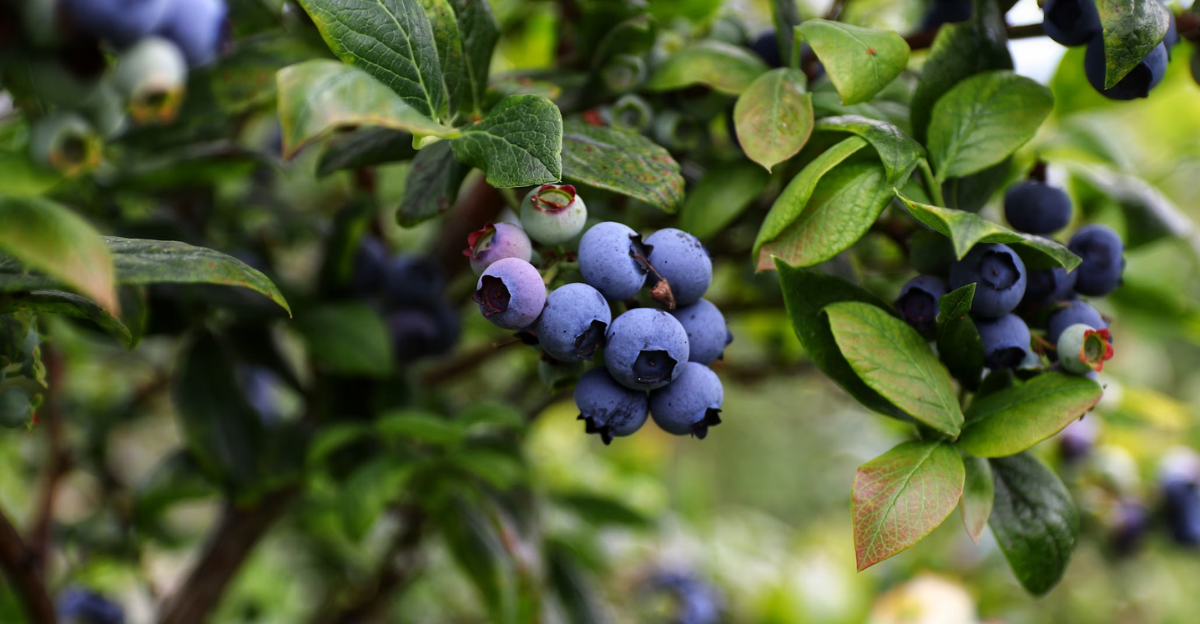
Another way to integrate edible plants into your landscape design is to let go of the usual plants that are used for hedges and plant edible shrubs. Blueberries, elderberries, or currants can do the job. These plants also form boundaries and offer privacy, like traditional hedges. These shrubs change through seasons; in the spring they bloom with beautiful flowers, in the summer they yield fruit, and in autumn their leaves change color. For appearance, you can either trim them neatly or leave them to grow wild. It all depends on personal preference. Not only do they set boundaries, but they’re kind enough to feed you, the birds, and the bees! A pretty cool hedge to have in your outdoor space.
